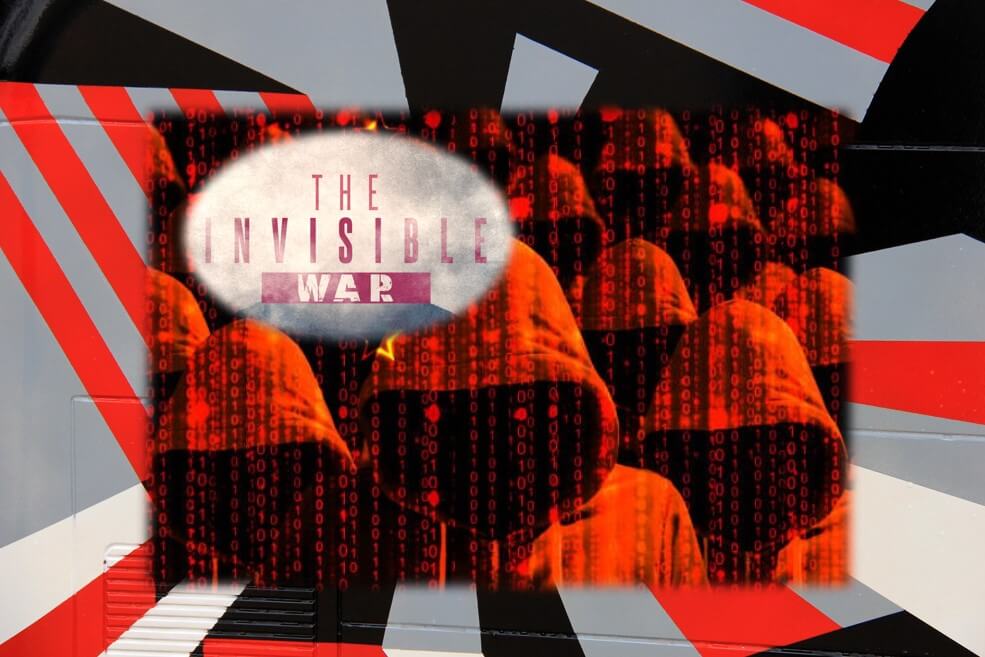
The Implications of Invisible Warfare: Hugely Enabled by Emerging Technologies
Sun, 14 Mar 2021 | Reading Time: 5 minutes

Speaking as a guest lecturer to a large group of serving army officers just recently I went to some extent to explain the various events and milestones of the past which occurred in Jammu & Kashmir (J&K) over the last thirty years. It is surprising how few were actually aware of these, so dynamic is the occupation and vacation of appointments, run of events and the general security environment of a hybrid combat zone that no one has time to stand back and revisit dots of the past which can give pointers to the future. If they do, it won’t be difficult to pick out important local events and trends from intelligence summaries and even war diaries of the past. These give useful tips for analysis and contextualizing to the present but only if the trends, ways and means can be pinpointed with focus. That is not easy because much of what happened in the past remains invisible. Only the manifestation resulting in tangible events would be on the record, not the underlying strategy.
Let me explain. Many who have proudly served in J&K and as many who continue to do so today bemoan the existence of religiously and ideologically radicalized elements in J&K that provide the raw material for recruitment as terrorists or functioning as over ground workers (OGWs). This trend has remained existent for almost the entire period of the proxy war. Many associates the past of J&K with an extant anti-Indian attitude but a not so virulent hatred for faiths other than Islam. So, when did this all change? No one can peg a date or even a timeframe; it just happened over a period of time. Yet the change was deliberately instigated and guided. J&K’s milder, less obscurantist and more tolerant Islam existed in sync with India’s secularism. So even if a largely anti-Indian belief dominated the socio-political environment, the pull of syncretism did remain powerful enough to prevent a serious separatist movement from emerging. It was only once Pakistan realized that without aligning an obscurantist Islamic linkage from the Middle East to Pakistan and to J&K, the sentiment for creating a break from India would never manifest in J&K. It is with this belief that a large scale plan to alter J&K’s tolerant religious ideology was undertaken. It was executed through much of the Nineties and early part of the 2000s and perhaps continues to the day. It succeeded in bringing the more obscurantist beliefs to prominence in Kashmir as a good number of mosques saw a change of hands in terms of the clergy who ran them. This clergy attempted to create an anti-India wave based on ideology forcing a political dispute towards becoming an ideological one. None of this is as important as the fact that hardly is this recorded and few know it. Those who do know wonder how this happened so silently under the watch of the Army, police forces and intelligence services without a word uttered in the state assembly or any major commentaries in media. The answer is simple; it was ignorance about the ways of war. Hardly were the tenets of a silent sponsored proxy hybrid war known to military or security professionals from other domains. For the Army in general the idea of studying and examining domains of conflict other than the kinetic was simply beyond its scope. It was not alone in its predicament; most armies around the world when confronted by such trends try to avoid getting involved with them. The invisibility factor contributed towards the success of the cultivation of the ideology Pakistan wished to spread. Pakistan could achieve this during a period when even basic telecommunications were non-existent in the conflict zone which is a measure of how astounding was the success and how dismal the failure to prevent it.
The ability of Pakistan and the Separatists to elongate and sustain the movement against the combined weight of Indian security forces (SF), was only possible because existent within J&K was and still are, invisible networks in a plethora of domains such as media, legal, financial, government services and education. Again, all these have persisted well before a single computer or mobile phone reached J&K. Money the biggest driver of hybrid conflicts continued to flow in and out of J&K in every clandestine way until much later when a sustained campaign to weed out financial networks was undertaken once the full understanding dawned. In the period of increasing mobile internet penetration, it is little wonder that 4G mobile networks were the first to be placed under control after 5 Aug 2019 when large scale disturbances were anticipated.
Much is spoken of the power of modern information technologies to clandestinely launch and sustain campaigns against adversaries, external or internal aiming at influencing minds and cultivating ideologies without making the manipulators visible. The example set by the Islamic State with various models for recruitment will likely remain existent to build more campaigns. They can also strike at the core of various networks which sustain modern day living. Education, banking and entertainment are just three domains that have that capacity and many more continue to be identified. Thus, modern wars can remain in a state of standoffs without resort to kinetics, and bring to bear influence and cyber operations in a bigger way to sway minds away from existing loyalties and ideologies while attempting to paralyze governance and administration.
In future, the Army, police and intelligence organizations will need to revisit the identification and nature of threats. Environment awareness to include the cultural terrain, technologies involving social media and networks, as also cyber vulnerability will necessarily have to form the innovative aspects of training. However, examples of awareness and need to study culture, religion and ideology existed within the Indian Army many years ago and needs to be revisited. I can recall that in 1983 Lt Gen ML Chhibber, the then Army Commander Northern Command, was well ahead of his time. He imposed upon his command the necessity to study the history and culture of J&K. None perhaps understood the good General’s mind. That was the very time when Operation Topac for the launch of proxy war in J&K was probably being strategized at the General Headquarters of the Pakistan Army.
The broad implication of which we need to be seized is the fact that the borders of a nation may be stable and quiet but through so many invisible means a state of turbulence can be created within the heart of the nation, among its people and institutions. Capturing mind space, ideological cleaving, threatened and executed violence, neutralized electronic networks and infrastructure, and paralyzed governance could become parameters of modern-day victories in battles which will remain far from the conventional understanding of warfare as understood for years, including the concept of victory or defeat.
Not only those involved with national security but by and large, majority of the educated public must have some sort of orientation towards what future threats could be all about. We made many mistakes in the past always imagining that threats against the nation could only be tangible and visible ones that required to be tackled through the kinetic route. The latter is easier to handle, it’s the invisible and intangible ones that will always pose the greater challenge.
*******************************************************************************

Lt Gen Syed Ata Hasnain, former Commander of Indian Army’s Srinagar Corps, focuses on trans-national and internal conflicts in Asia and the Middle East with particular emphasis on issues revolving around Radical Islam. He was largely responsible for the humanization of internal conflict through the concept of the ‘Hearts Doctrine’. He is the Chancellor of Central University of Kashmir and speaks extensively at Indian and international institutions on a wide variety of subjects revolving around strategic affairs and leadership.
Disclaimer
The opinions expressed in this article are the author’s own and do not reflect the views of Chanakya Forum. All information provided in this article including timeliness, completeness, accuracy, suitability or validity of information referenced therein, is the sole responsibility of the author. www.chanakyaforum.com does not assume any responsibility for the same.
Chanakya Forum is now on . Click here to join our channel (@ChanakyaForum) and stay updated with the latest headlines and articles.
Important
We work round the clock to bring you the finest articles and updates from around the world. There is a team that works tirelessly to ensure that you have a seamless reading experience. But all this costs money. Please support us so that we keep doing what we do best. Happy Reading
Support Us





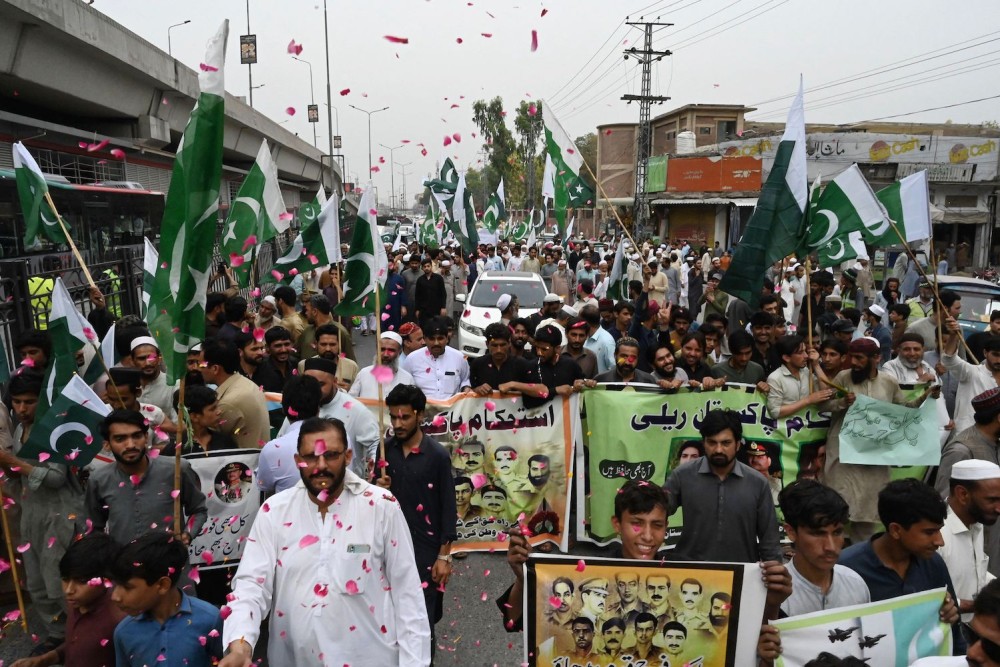
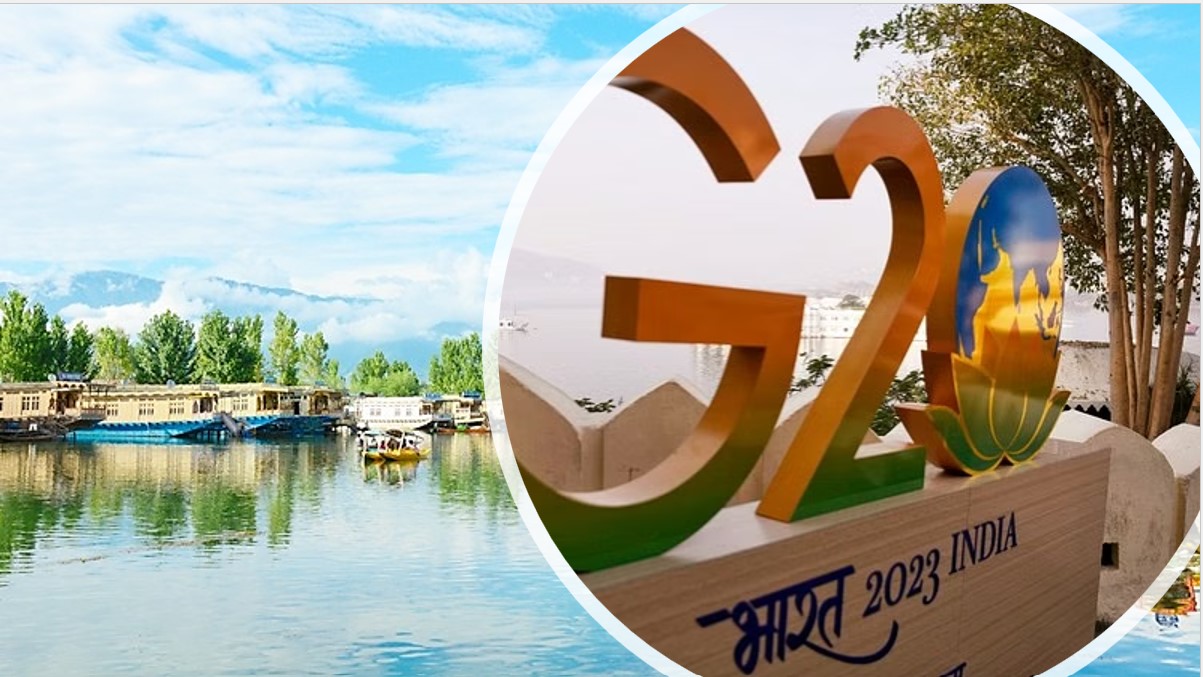
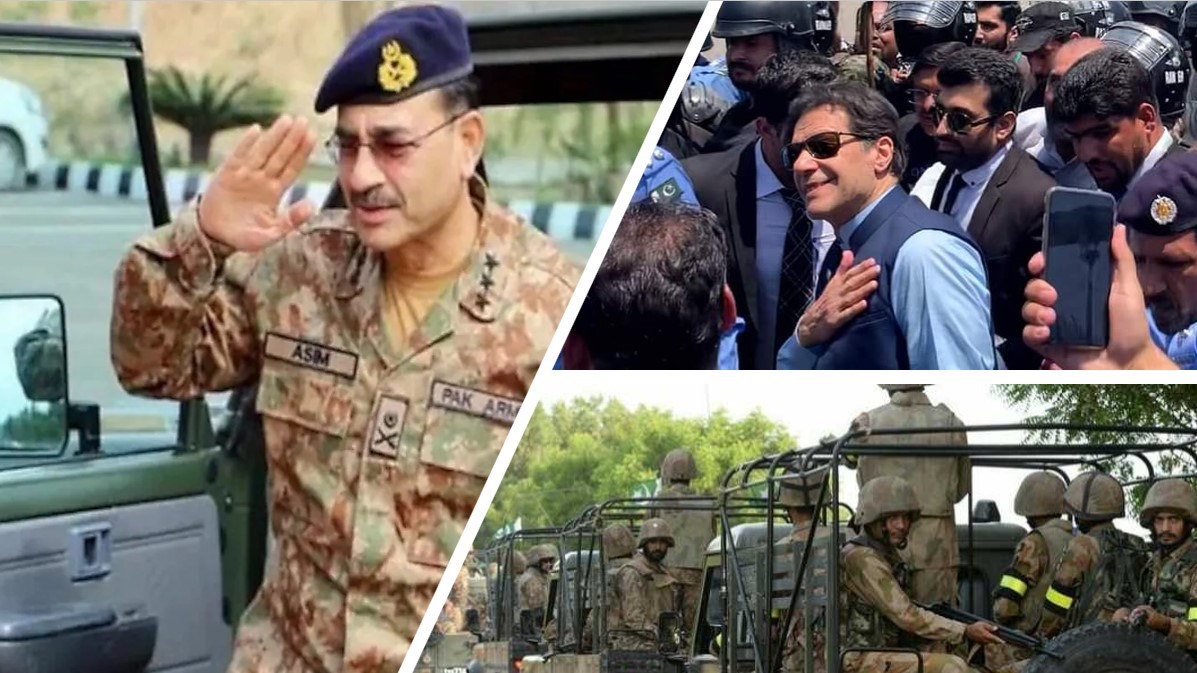
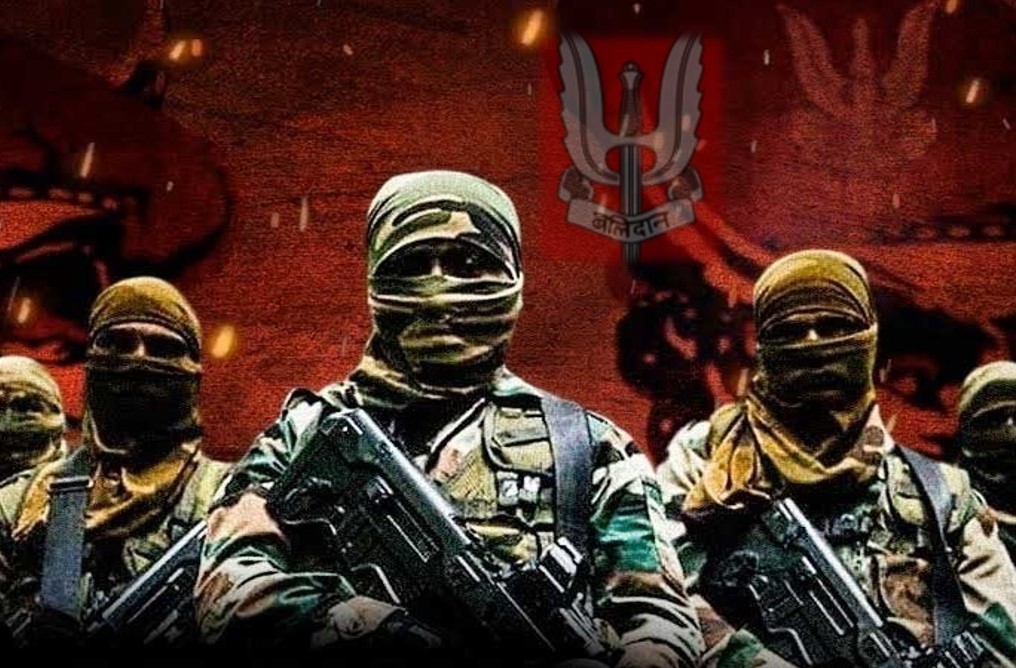
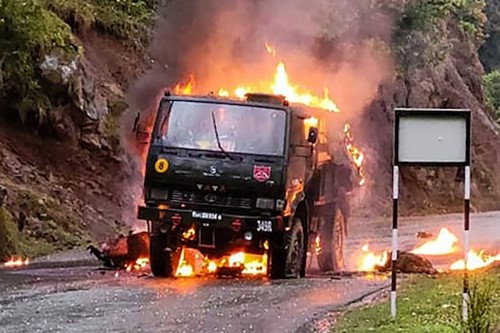
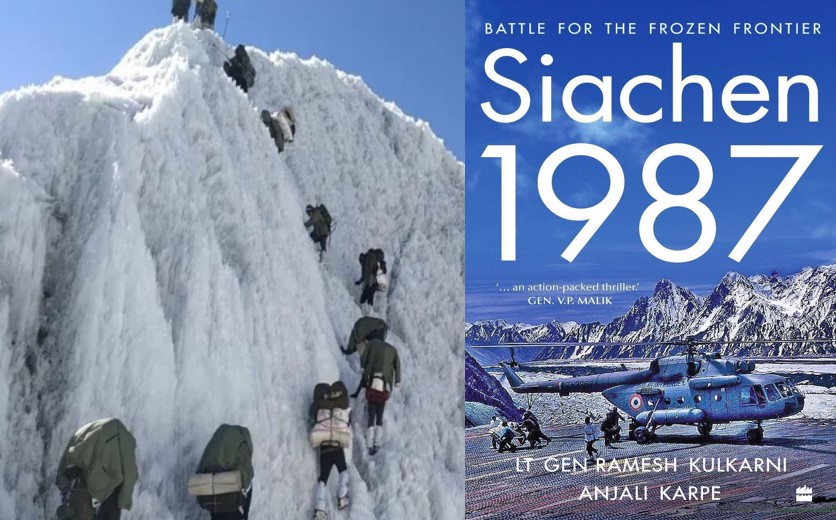
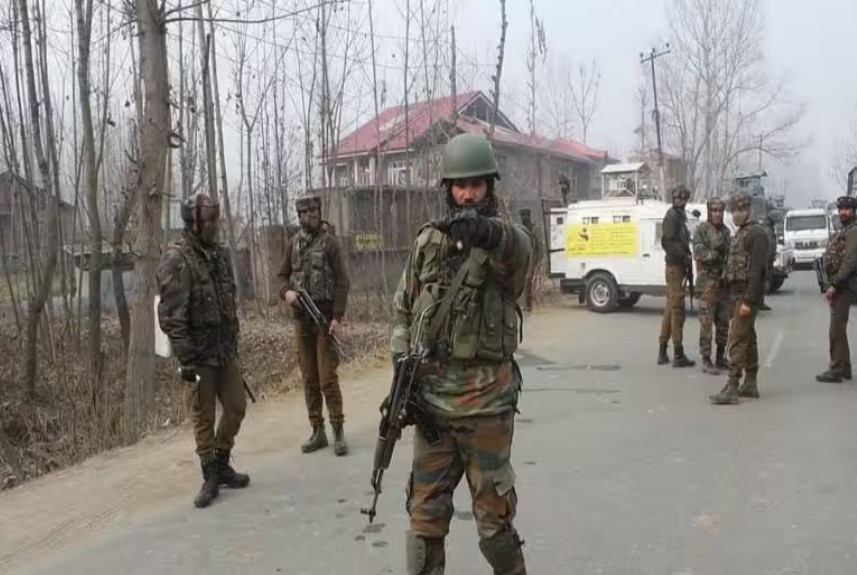
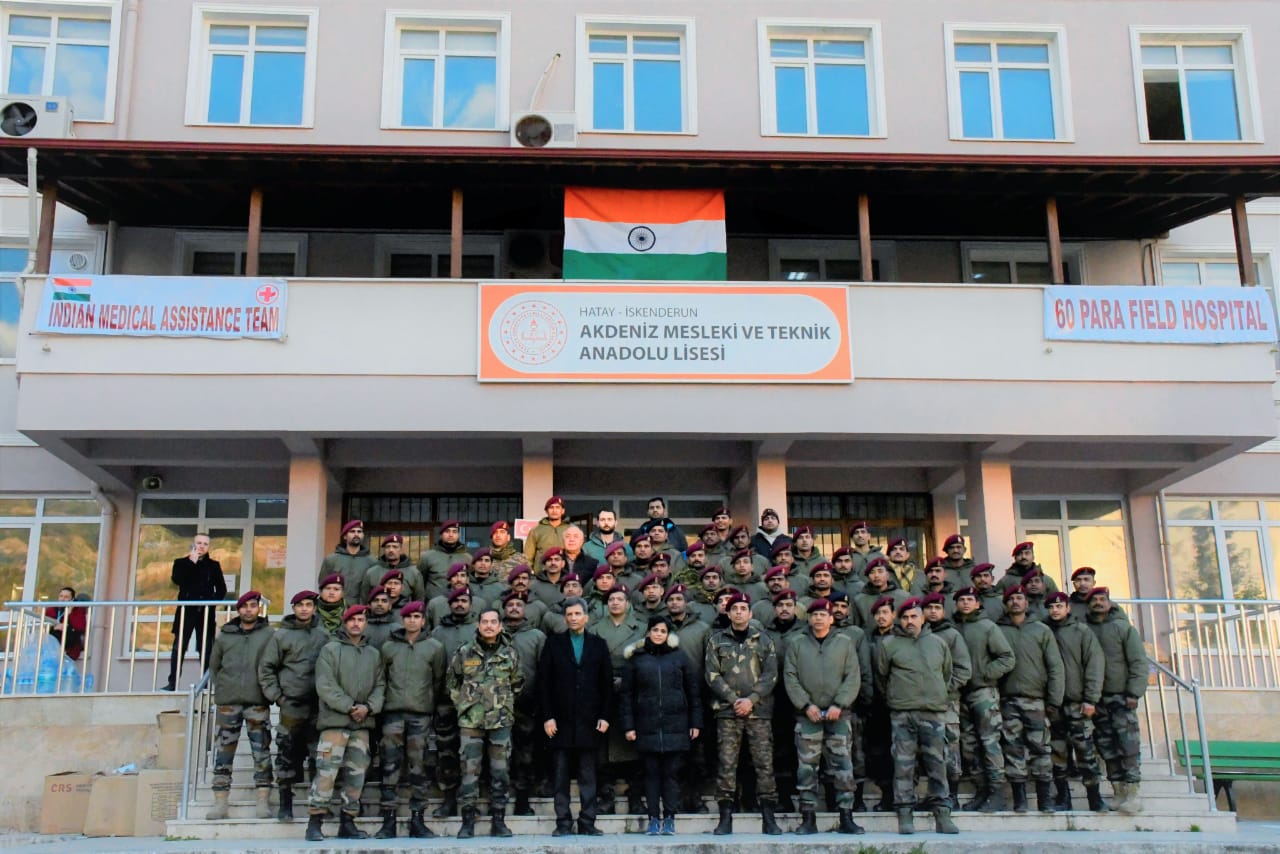







POST COMMENTS (9)
Sudershan Mehta
Col Gurinder Jit Singh
Maj Gen sandeep sharma
Rahul Garg
Alok Asthana
divyanshu
Keyur
Amrit Lal Rawal
Cdr Sandeep Dhawan